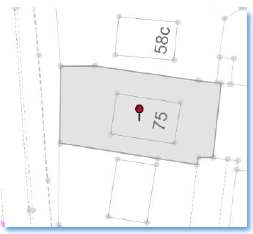/
Vector Perfect Mapping
Vector Perfect Mapping
Hints and tips to achieve vector perfect mapping
- Within the Plan Creator, the Autofill functionality should be used as the primary method of creating polygons in your title, as it automatically snaps to OS features and other plotted polygons leaving no slithers and creating no overlaps.
- The merge tool can be used to build a larger polygon from several auto-filled polygons.
- The split tool, in conjunction with construction lines, can be used to reduce the size of an auto-filled polygon along precise lines.
- The edge match functionality can be used to take an existing mapped polygon (perhaps one you have copied in from an existing title) and make it vector perfect by snapping to the OS features.
- The cadastral check tool should be used to ensure that not overlaps exist with adjoining titles.
Registers of Scotland (RoS) seeks to ensure that the information published in the 2012 Act Registration Manual is up to date and accurate but it may be amended from time to time.
The Manual is an internal document intended for RoS staff only. The information in the Manual does not constitute legal or professional advice and RoS cannot accept any liability for actions arising from its use.
Using this website requires you to accept cookies. More information on cookies.
Feedback
